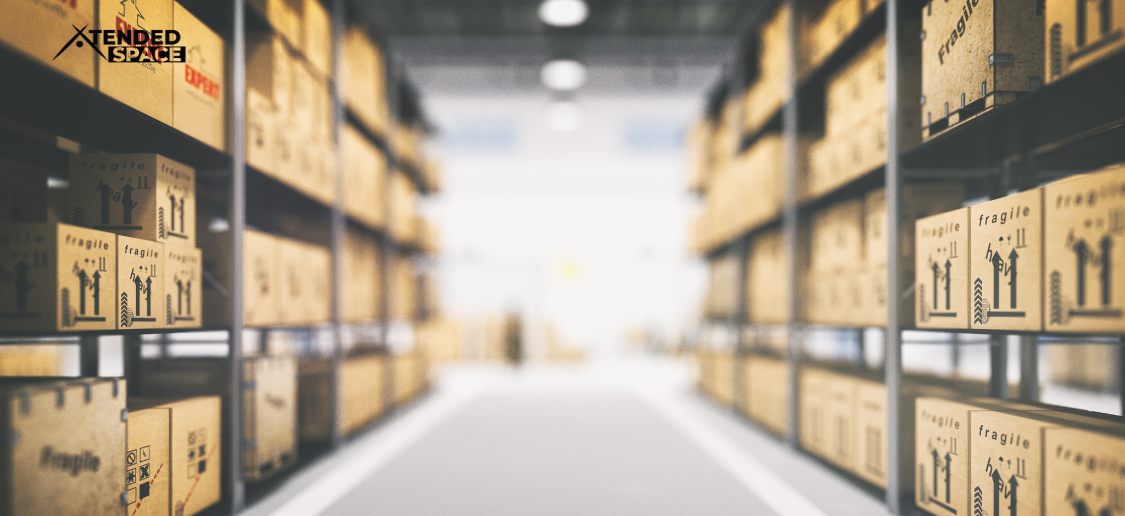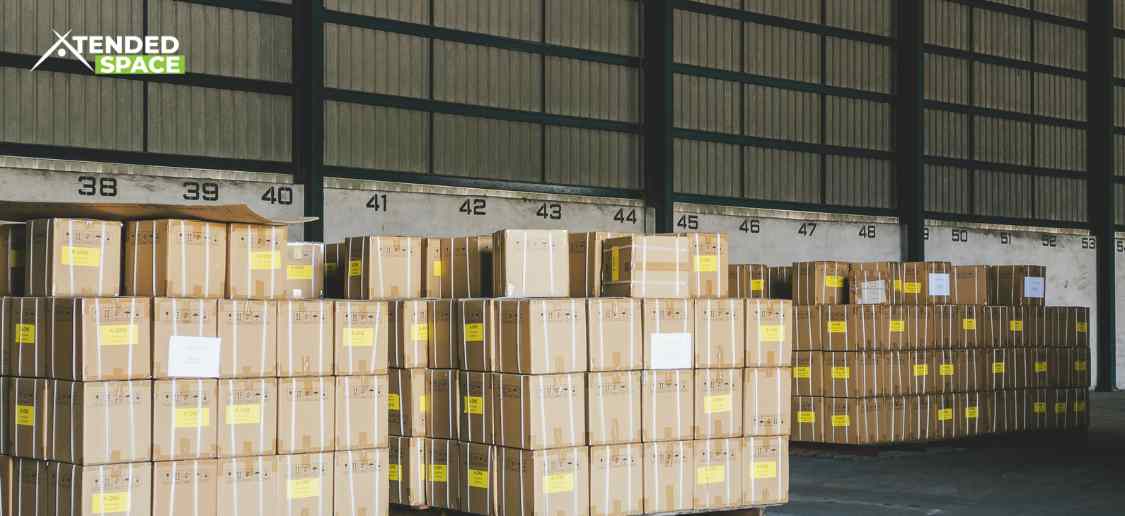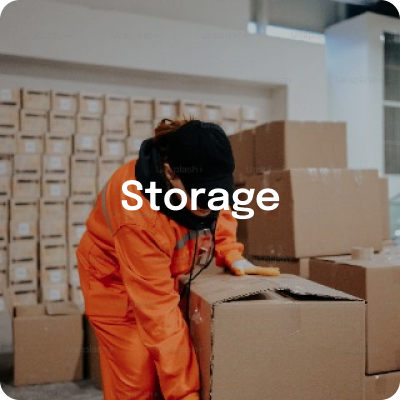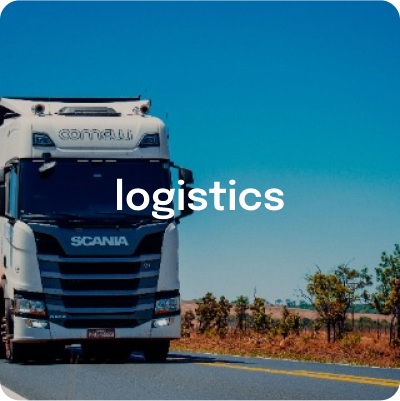
The way businesses store their goods is changing rapidly. With e-commerce booming, customer expectations rising, and costs increasing, companies are rethinking their storage strategies. In 2025, the big question many businesses face is: Should we stick with traditional warehousing or switch to on-demand storage?
Both have their pros and cons, and the best choice depends on your business needs. Let’s break it down in simple terms.
What is Traditional Warehousing?
Traditional warehousing means renting or owning a fixed storage space for a long time, like a big warehouse. Businesses store goods there in bulk and use it as their main hub for inventory.
Features of traditional warehousing:
- Long-term lease or ownership.
- Fixed capacity (you pay whether you use all the space or not).
- Usually located outside cities, in industrial areas.
- Good for businesses with predictable storage needs.
What is On-Demand Storage?
On-demand storage works like a flexible storage service. Instead of renting a huge space for years, you pay only for the space and time you need. Think of it as “storage-as-a-service.”
Features of on-demand storage:
- Pay-per-use pricing (monthly, weekly, or even daily).
- Flexible capacity (scale up or down as needed).
- Often comes with additional services like packing, transportation, and digital tracking.
- Ideal for businesses with seasonal or fluctuating demand.
Read More: Storage Units for your Household Goods
Traditional Warehousing: Pros & Cons
Pros
- Stability – You always know you have storage space available.
- Good for bulk storage – Works well if you have large quantities of goods.
- Control – Businesses can manage the warehouse their way.
Cons
- High fixed costs – You pay rent even if the space isn’t fully used.
- Limited flexibility – Not easy to expand or shrink space quickly.
- Location issues – Warehouses are often far from customers, leading to higher delivery times.
On-Demand Storage: Pros & Cons
Pros
- Flexibility – Pay only for what you use, when you use it.
- Scalability – Can increase or reduce space based on demand.
- Additional services – Many providers offer packaging, transport, and tech support.
- Closer to customers – Often located in urban or semi-urban areas, cutting delivery times.
Cons
- Less control – You rely on the storage provider’s systems.
- Variable costs – If demand is constant and very high, long-term costs might add up.
- Availability issues – Space might not always be available in peak seasons unless booked in advance.
Which Works Better in 2025?
The answer depends on your business type:
- Large manufacturers & FMCG companies: Traditional warehousing still makes sense if you deal with huge volumes and need stable, centralized storage.
- Startups, e-commerce, and seasonal businesses: On-demand storage is a smarter choice. It’s flexible, cost-effective, and helps businesses scale without big investments.
- Hybrid approach: Many businesses in 2025 are adopting a mix—using traditional warehousing for bulk goods and on-demand storage for seasonal surges or city-based distribution.
Why On-Demand Storage is Growing Fast
- E-commerce growth: Customers want faster deliveries, and on-demand storage near cities helps.
- Seasonal demand: Festivals, sales, and summers spike storage needs—on-demand works better here.
- Cost-consciousness: Businesses don’t want to block money in unused warehouses.
With advanced technology like AI-based inventory management and real-time tracking, on-demand storage will become even more efficient in 2025.
Read More: Storage Tips During Renovation
Conclusion
In 2025, businesses no longer need to choose only one model. The future lies in flexibility. Traditional warehousing offers stability, but on-demand storage gives the agility modern businesses need.
For most fast-growing businesses, on-demand storage is the smarter choice—helping cut costs, speed up deliveries, and adjust quickly to changing market needs.
FAQs
Q1. Is on-demand storage cheaper than traditional warehousing?
Ans: It depends. For seasonal or fluctuating needs, on-demand storage is cheaper. But for constant, bulk needs, traditional warehousing might still be more economical.
Q2. Can small businesses use on-demand storage?
Ans: Yes. In fact, small businesses benefit the most since they avoid heavy investments in large warehouses.
Q3. Is on-demand storage safe for goods?
Ans: Reputable providers ensure safety with CCTV, inventory tracking, and insurance. Always check the provider’s credibility before choosing.
Q4. Can I switch from traditional to on-demand storage easily?
Ans: Yes, many companies are moving to hybrid models. You can keep your main warehouse and add on-demand storage during busy seasons.
Q5. What’s the future of storage in India?
Ans: By 2025, more companies are expected to use on-demand storage because it’s flexible, tech-driven, and customer-friendly. Traditional warehouses will still exist, but the balance is shifting towards smarter, more adaptive solutions.







